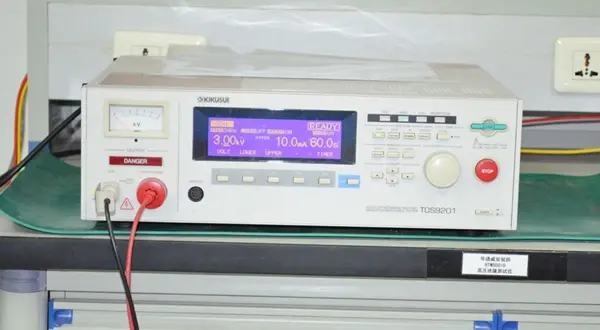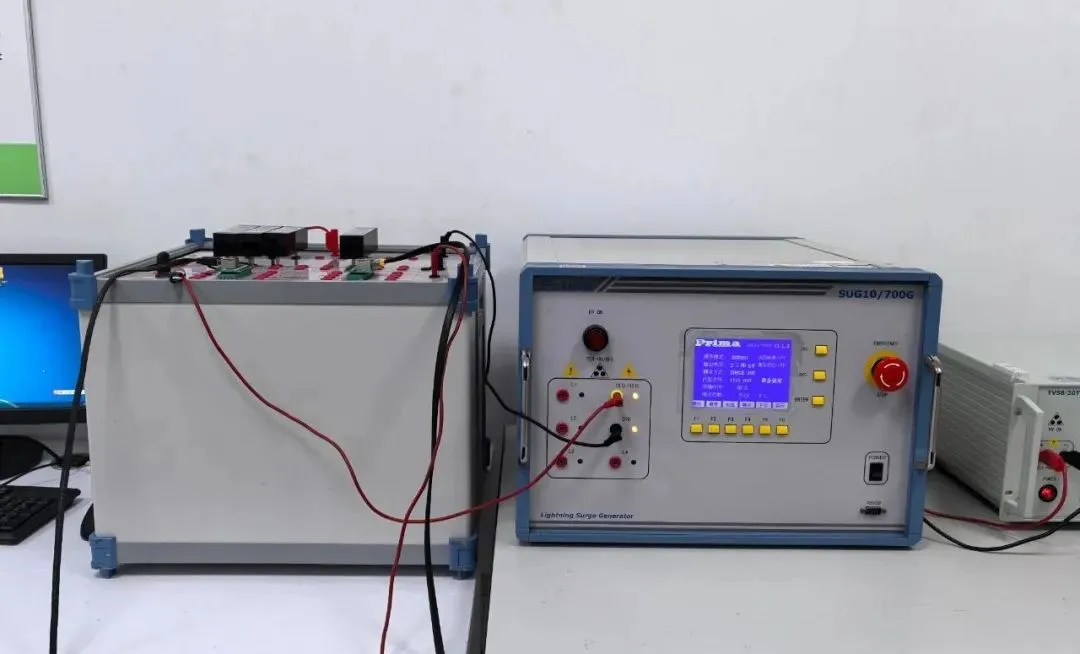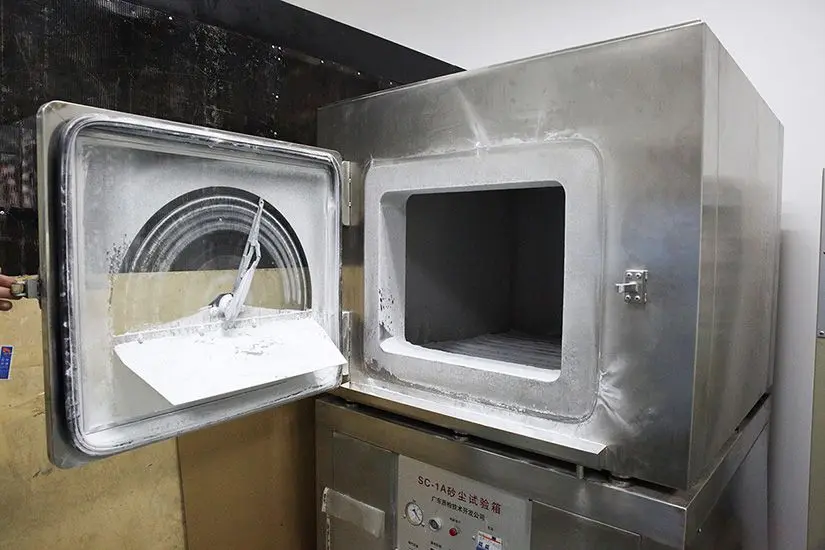
United States RoHS
The Restriction of Hazardous Substances Directive, also known as RoHS, is a directive by the European Union (EU) that restricts the use of certain hazardous substances in electrical and electronic equipment. It was adopted in February 2003 and came into effect on JULy 1, 2006. Below, China JJR Testing Laboratory shares with you information about California RoHS in the United States: What is California RoHS? Who does it apply to?

What is California RoHS?
The California RoHS law was modeled after the EU Directive 2002/95/EC, which prohibits the use of certain hazardous substances in electrical and electronic equipment sold in the EU. The California RoHS law requires the Department of Toxic Substances Control (DTSC) to adopt regulations that prohibit the sale or offer for sale of coveRED electronic devices (CEDs) in California if they would be prohibited from being sold or offered for sale in the EU due to the concentration levels of lead, mercury, cadmium, or hexavalent chromium exceeding specified maximum concentration values (MCVs). The DTSC's California RoHS regulations took effect on January 1, 2007.
What is RoHS?
RoHS stands for “Restriction of Hazardous Substances.” The state of California has enacted its own RoHS law to limit the use of certain hazardous heavy metals—namely mercury, lead, hexavalent chromium, and cadmium—in Covered Electronic Devices (CEDs). By restricting their use, the law aims to prevent these metals from contaminating landfills and the surrounding environment.
Who is subject to California RoHS?
RoHS applies to anyone who sells or offers for sale Covered Electronic Devices (CEDs) in California.
This includes:
- Manufacturers
- Distributors
- Wholesalers
- Retailers
However, CEDs that are not subject to the EU RoHS Directive 2002/95/EC—such as those covered instead by the EU End-of-Life Vehicles Directive (2000/53/EC) or the Battery Directive (2006/66/EC)—are not subject to California's RoHS law.
Email:hello@jjrlab.com
Write your message here and send it to us
 Does RoHS Apply to Packaging?
Does RoHS Apply to Packaging?
 How to Get RoHS Compliance?
How to Get RoHS Compliance?
 How to get EN 62368-1 Test Report
How to get EN 62368-1 Test Report
 EN 300 328 Bluetooth Test Report
EN 300 328 Bluetooth Test Report
 How to get the EN 300328 Test Report?
How to get the EN 300328 Test Report?
 In-depth Interpretation of SAA Certification Q&
In-depth Interpretation of SAA Certification Q&
 Differences Between EN71 and CPC for Children's To
Differences Between EN71 and CPC for Children's To
 IP56/IP67/IP68 Waterproof and Dustproof Rating Tes
IP56/IP67/IP68 Waterproof and Dustproof Rating Tes
Leave us a message
24-hour online customer service at any time to respond, so that you worry!




